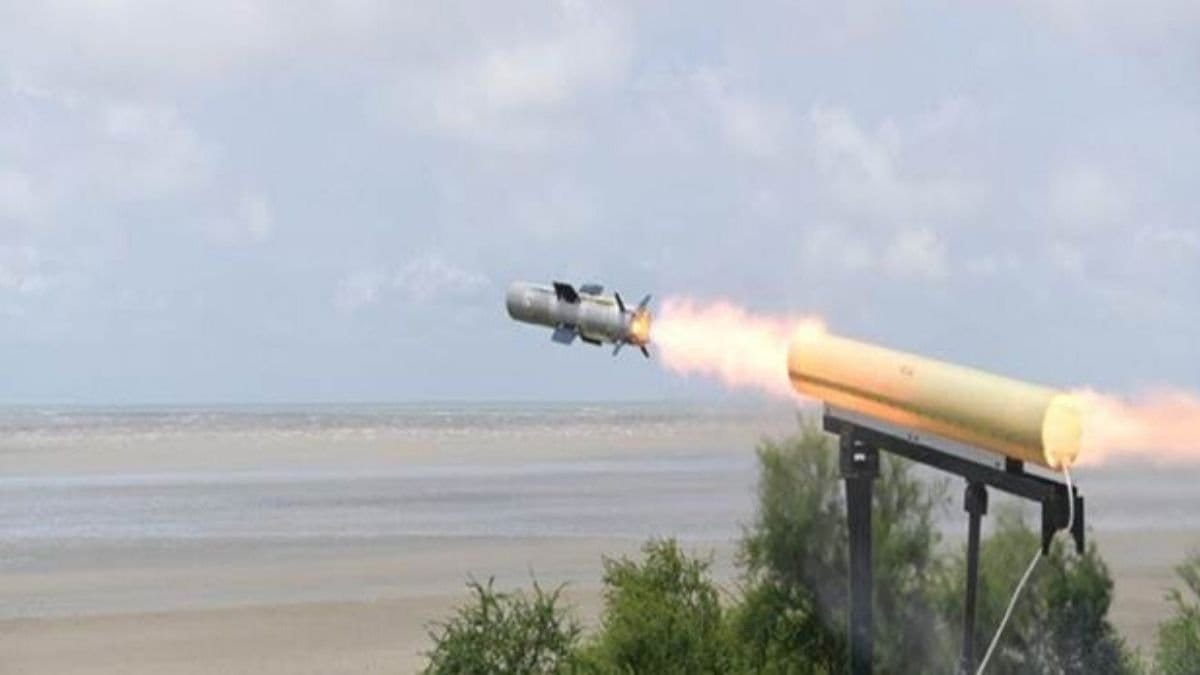Amidst the ongoing diplomatic tensions between India and China, India has successfully conducted the flight trials of the anti-tank guided Nag missile (HELINA). The trials were the interim trials for the missile HELINA, which is now known as Dhruvastra, and were done without a helicopter.
#WATCH Trials of Helicopter-launched Nag Missile (HELINA), now named Dhruvastra anti-tank guided missile in direct and top attack mode. The flight trials were conducted on 15&16 July at ITR Balasore (Odisha). This is done without helicopter. pic.twitter.com/Jvj6geAGLY
— ANI (@ANI) July 22, 2020
HELINA, is a third generation fire and forget anti-tank guided missile which is mounted on a helicopter. With an all weather, day and night functioning capability, the missile is developed to support both the Air forces of the Indian Army and the mechanized infantry.
The missile HELENA, is being inducted into the Indian Army and its flight variant, Dhruvastra, is being deployed in the Indian Air Force.
According to the reports by various news agencies, the trials of the anti-tank guided missiles were conducted in direct and top attack mode at ITR Balasore (Odisha) on the 15th and 16th of July.
The trials were administered by the Defence Research and Development Organization which conducted three successful trials of the NAG missiles in the Pokhran range last year. The organization was also responsible for the development of the NAG missile system which amounted to Rs. 524 crores, as reported by Zee News.
After the series of military exercises, the deployment of Jaguar jets and now the development and trial of hi-tech missile systems, India has been strengthening its stance on the defence front. This has been happening especially since the June 15 standoff at the Galwan valley with the mainland.
In a series of diplomatic engagements between both countries, the process of disengagement along the border had begun until China expressed its reluctance to withdraw its troops from the Finger 4 area in the east of Ladakh.


